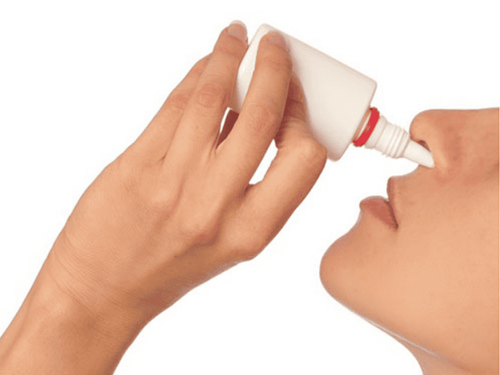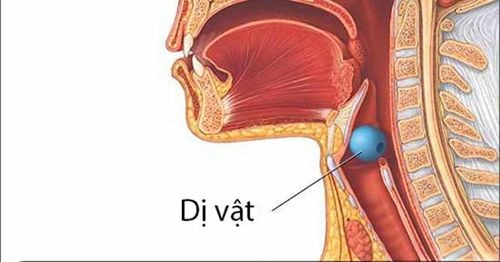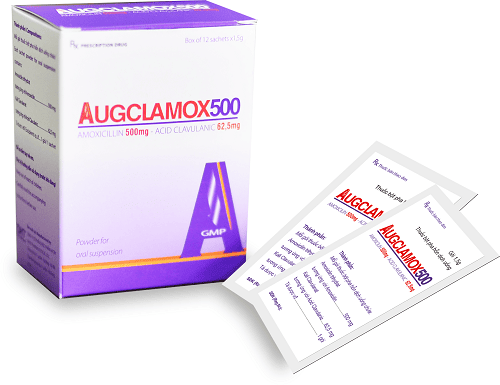This is an automatically translated article.
The eustachian tube is responsible for equalizing the pressure between the middle ear and the outside, and helps prevent bacteria from backing up from the throat to the middle ear. As you can see, the eustachian tube is an extremely important part of the ear. When there is dysfunction and inflammation of the eustachian tube, it will cause discomfort as well as affect the patient's ability to hear.
1. Eustachian tube and eustachian tube function
The eustachian tube is also known as the eustachian tube. The eustachian tube has two ends, one of which connects to the roof of the eardrum, the second to open at the nasopharynx, or in other words, the eustachian tube is the tube connecting the middle ear and the nasopharynx.
The tympanic tube has the function of drainage and ventilation between the middle ear and the mastoid sinus.
Normal eustachian tube will close, open only when the person yawns or when swallowing food, saliva.
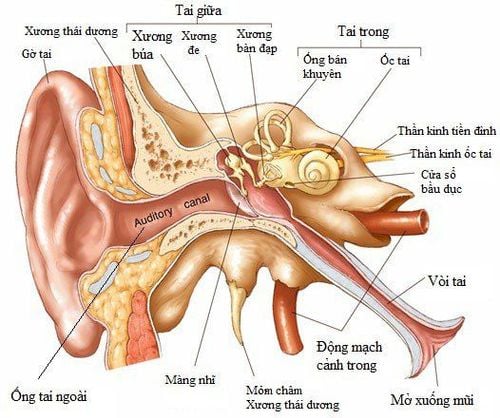
Vòi nhĩ có chức năng dẫn lưu, thông khí giữa tai giữa và xoang chũm
2. Eustachian tube dysfunction
Tubal dysfunction occurs when the patient has diseases that cause edema of the epithelium lining of the ear canal such as: viral infection of the upper respiratory tract, bacterial infection, sudden pressure changes from the external environment, even even allergies,...
On examination, the tympanic tube has the following phenomena: narrowing of the tympanic tube (obstruction of the tympanic membrane). The eustachian tube is too wide,...
Symptoms of Eustachian tube dysfunction:
When the Eustachian tube dysfunction is present, the patient will have the following symptoms:
Feeling of fullness in the ear Tinnitus Hearing sound Sound is unclear, mild to moderate severity Dizziness Go to an ear doctor and find that the eardrum is pulled. Feeling of crying, voices, breathing sounds coming from yourself (self-hearing). This is a symptom that occurs when the eustachian tube opens too much but is quite rare.
3. Common diseases that cause eustachian tube dysfunction
3.1. Dilatation of the Eustachian tube
Patients with unexplained rapid weight loss
When the eustachian tube is dilated, the pressure of the ear canal increases with exertion and the pressure decreases with a respiratory infection. On examination, sometimes the tympanic membrane moves slightly with breathing.
Treatments for eustachian tube dilation:
Insert a ventilation tube to reduce the degree of bulging out of the eardrum when speaking. Surgery.
3.2. otitis externa
When the eustachian tube is blocked for a long time, it will secrete fluid due to the pressure from the sound
Otitis with discharge is more common in children than in adults because the child's eustachian tube is narrower and more horizontal than in adults.
If you have an ear infection with discharge on one side in adults for a long time, it may be due to throat cancer, you need to see a doctor soon.
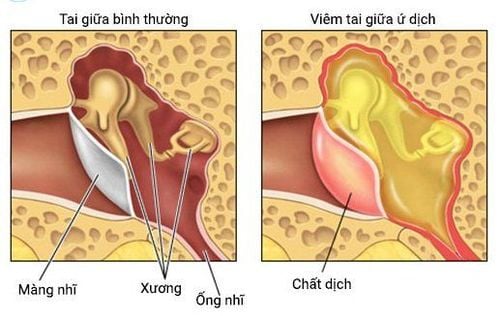
Viêm tai tiết dịch thường gặp nhiều ở trẻ em
3.3. Due to pressure injury
People with eustachian tube dysfunction due to congenital stenosis or mucosal edema, it is difficult to balance the pressure of the middle ear when encountering the following environments: Change in altitude when flying, diving deep under water because of pressure Sound in the middle ear is collapsed and the eustachian tube is blocked.
4. Pay attention when you have eustachian tubes, tubal dysfunction
When suffering from eustachian tube dysfunction, the patient should take measures to increase the function of the eustachian tube and avoid ear pressure trauma:
Limit activities with sudden and rapid pressure changes such as: : Take a plane, change altitude or dive deep underwater.
In the case of airplanes: Swallow frequently or chew gum when landing to help ventilate the eustachian tube.
In the case of diving and diving, there will be more pressure injuries than going by plane. Therefore, people with eustachian tube dysfunction should only enter the water slowly and create a balance to avoid causing high negative pressure in the ear cavity, thereby helping to avoid bleeding or leakage of endolymph.
When you have a bacterial infection in your nose, do not blow your own ears to avoid causing bacterial middle ear infections.
When there are abnormal signs in the ear, the patient should actively go to a reputable medical facility for an early diagnosis. Patients will be examined and endoscopy to assess the situation. Depending on the specific pathology, the patient will be prescribed treatment with medication, counseling or if necessary, surgery will be required to definitively treat the tympanic tube dysfunction.
Vinmec International General Hospital with a team of highly qualified medical professionals, modern equipment system, meeting international standards, when you need advice, make an appointment, you can call us. hospital hotline for support as soon as possible.
Please dial HOTLINE for more information or register for an appointment HERE. Download MyVinmec app to make appointments faster and to manage your bookings easily.
Reference source: dieutri.vn





